Originally from Yonezawa, Kuribayashi is considered one of the founding fathers
of the Sosaku-Creative movement (contemporary non-traditional dolls).
After an apprenticeship he began his career in 1955.
He used several types of wood, playing with natural colors, and sometimes highlighted with paint.
The big eyes and the absence of a mouth express humility. - The sculpted shapes are complementary. Two
notches evoke a kimono. We note the hair in typical side locks. The top hairstyle is
characteristic, evoking a Buddhist bun.
It is on display at the Toy Museum in Nuremberg. Her dolls have won numerous awards. -----About kokeshis; they appear in the 1820s-40s (end of the Edo era). Originally, they were made from scraps of wood by artisans and farmers and sold to people in the city. They were toys for little girls, or given as tokens of love or friendship; or symbolized the desire to have a healthy child. The doll comes from a Shinto communion with nature (forest / wood / landscape). They are, modesty, discretion, femininity, feminine ideal. Their bun is an evocation of Buddha. A detailed explanatory note on the art of kokeshis will be given to the buyer, as well as a biography of the artisan.


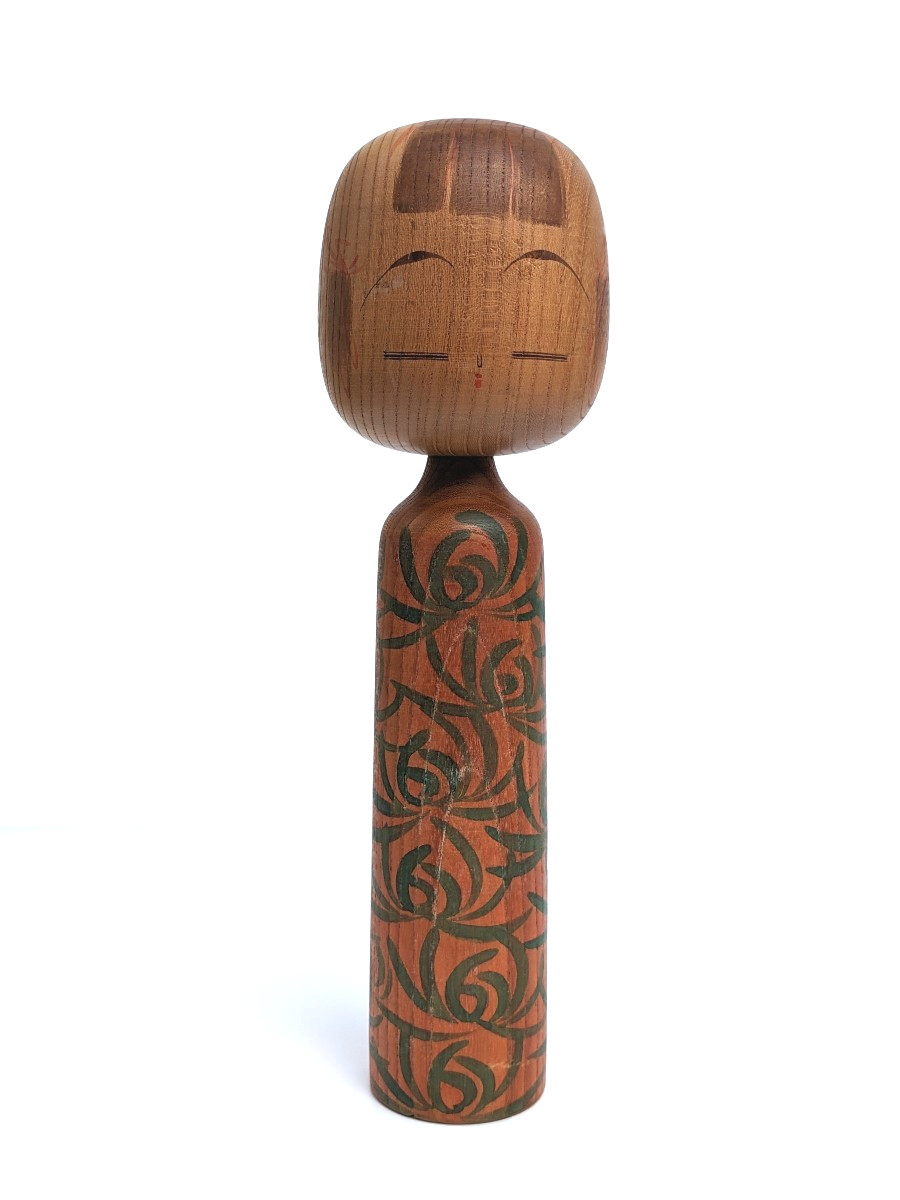


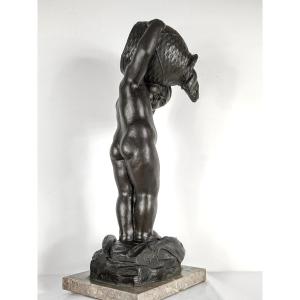
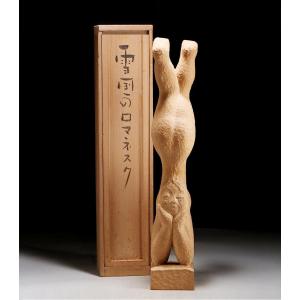



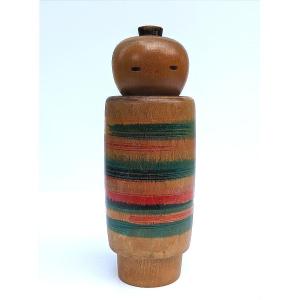
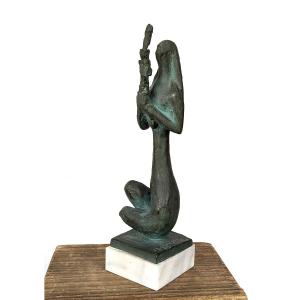
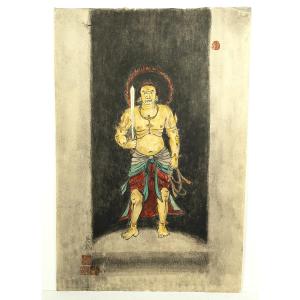

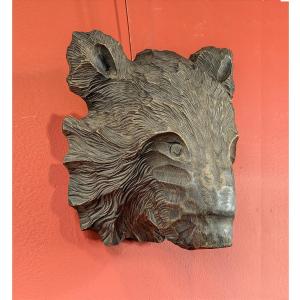



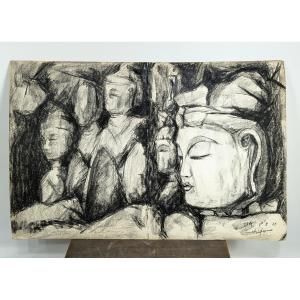


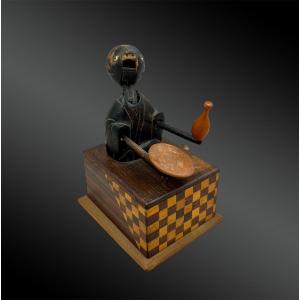
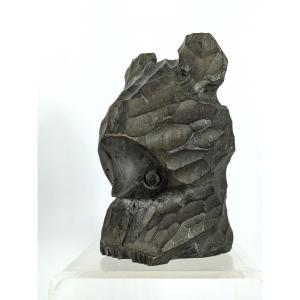
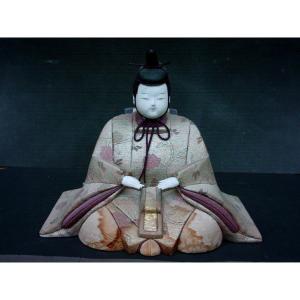
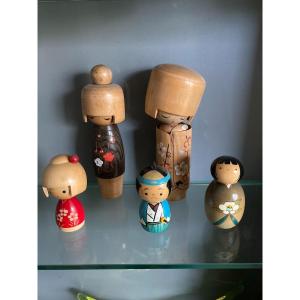



 Le Magazine de PROANTIC
Le Magazine de PROANTIC TRÉSORS Magazine
TRÉSORS Magazine Rivista Artiquariato
Rivista Artiquariato